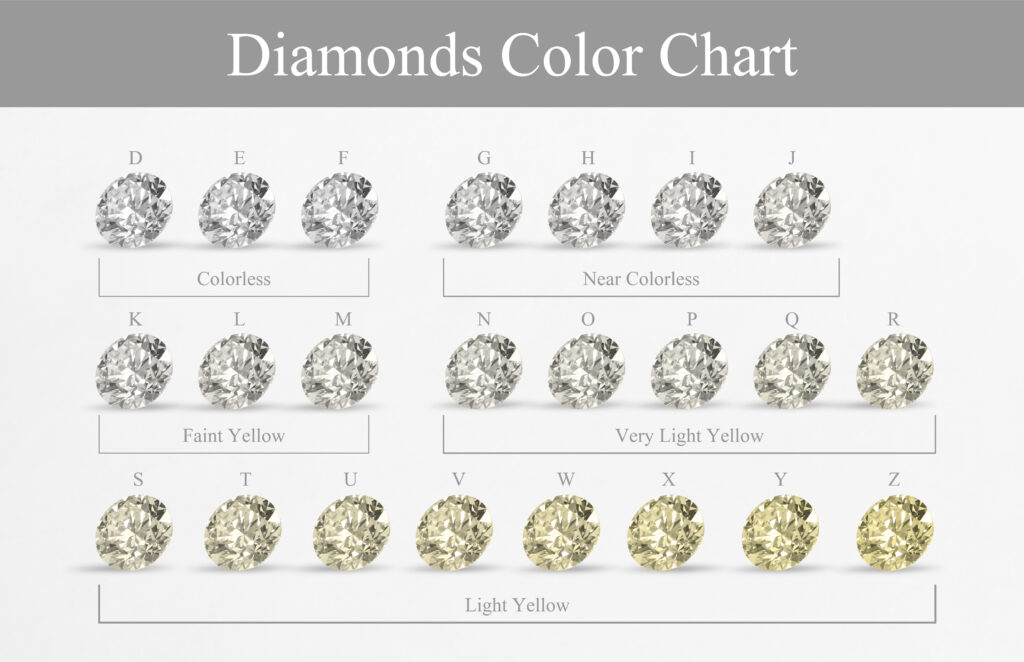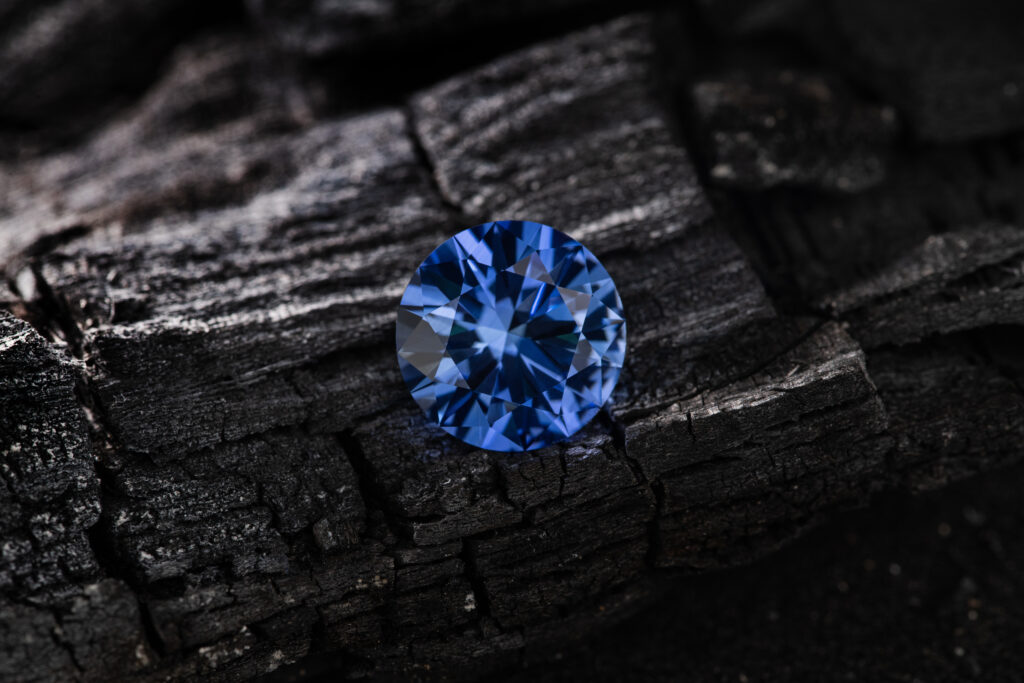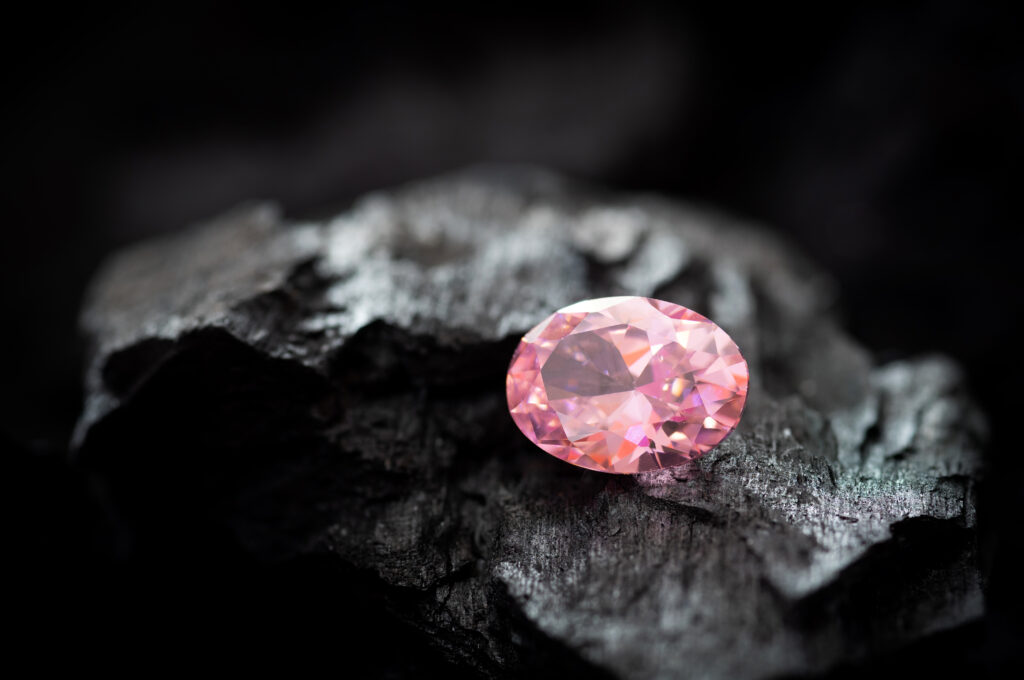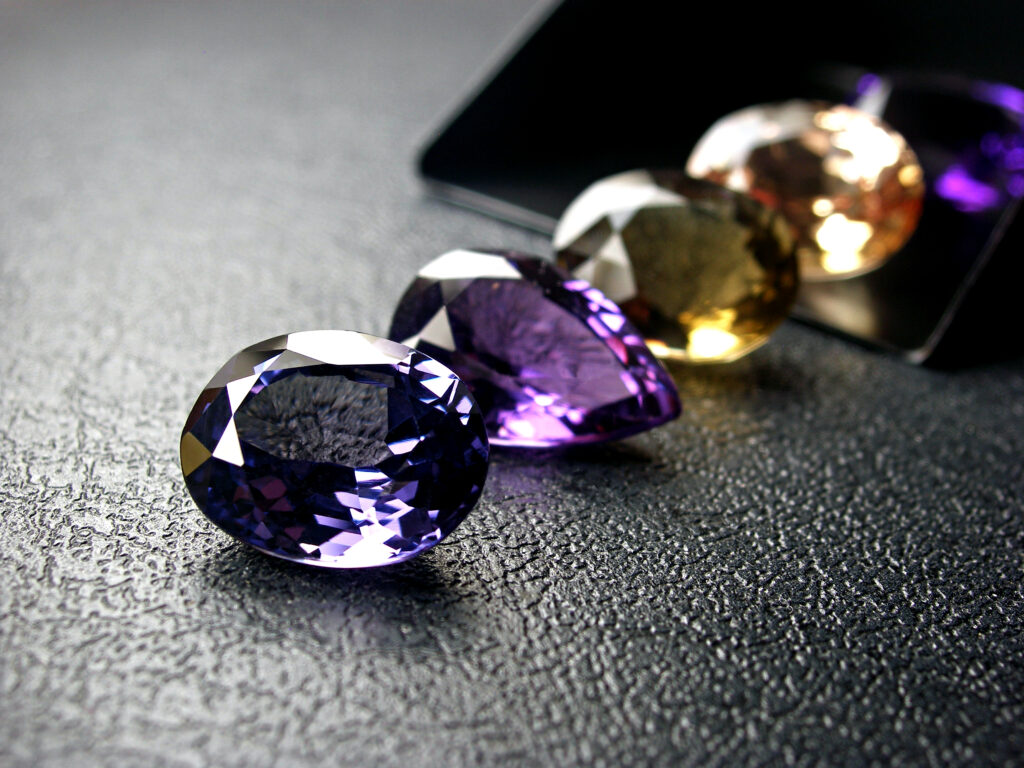
Diamonds have captivated human fascination for centuries, their timeless beauty symbolizing luxury and enduring love. While their allure remains constant, the trends surrounding their colours have evolved dramatically over the decades. From the classic charm of colourless diamonds to the vibrant appeal of fancy-coloured varieties, the world of diamond colours reflects shifting cultural tastes and advancements in gemmology.
In ancient times, diamonds were admired not only for their prestige but also for their mystical aura, owned to their remarkable clarity and brilliance. The absence of colour in these stones was celebrated as a hallmark of unparalleled purity and value. Across civilizations like the Greeks and Romans, the mesmerizing colourlessness of diamonds captured imaginations, often associated with mystical properties. Yet, amidst the admiration for colourless diamonds, royalty held a special affinity for fancy-coloured varieties, notably the enchanting blue hue. Blue diamonds, rare and radiant, became prized symbols of wealth and power, cherished by nobility for their exquisite rarity.

From the Renaissance through the Victorian era, diamond preferences continued to evolve, reflecting changing societal tastes and the availability of gemstones. While colourless diamonds remained the symbol of luxury, yellow and brown diamonds were often viewed as less desirable, seen as inferior to their colourless counterparts. Despite this perception, these more affordable diamonds found favour in certain regions and among particular social classes, serving as accessible alternatives to the pricier, pure white gems. In contrast, pink and blue diamonds maintained their status as symbols of exotic elegance. These vibrant hues, celebrated for their rarity and distinctiveness, captivated the elite, enhancing their allure and solidifying their place in the most coveted collections of the time.
The evolution of diamond colour preferences underwent significant transformations from the 1930s to the present, shaped by advancements in grading, marketing, and cultural trends. The 1930s marked a pivotal shift with the introduction of the GIA Colour Grading Scale, establishing a standardized system from D (colourless) to Z (light colour). This framework solidified the dominance of colourless diamonds, aligning with the era’s valuation of purity and brilliance. Moving into the mid-20th century, marketing campaigns, most notably De Beers’ iconic “A diamond is forever,” reinforced the desirability of colourless diamonds for engagement rings and fine jewellery. Despite this prevailing trend, the 1960s and 1970s witnessed a subtle shift as celebrities and fashion icons began showcasing coloured diamonds, with Elizabeth Taylor’s collection spotlighting the unique charm of these gems.
The 1990s indicated a resurgence of interest in fancy-coloured diamonds, driven by the discovery of new sources like Australia’s Argyle mine, renowned for its pink diamonds. High-profile auctions and celebrity engagements featuring these vibrant stones, such as Jennifer Lopez’s pink diamond ring, further propelled their popularity. The 2000s saw an expanded appreciation for a spectrum of diamond colours, including yellow, blue, and green, reflecting a broader embrace of diversity in jewellery. Concurrently, a growing consciousness around ethical sourcing and sustainability led consumers to favour lab-grown diamonds and responsibly sourced natural diamonds, aligning with the trend toward responsible luxury.

In the 2010s and beyond, the preference for personalization became prominent, with coloured diamonds offering a unique avenue for individual expression in custom jewellery designs. Market dynamics shifted with the closure of significant mines like Argyle in 2020, affecting the availability and value of specific fancy-coloured diamonds. Recognized increasingly as investment assets, rare, coloured diamonds like pink, blue, and green saw appreciation in value, underscoring their enduring allure and financial appeal. This blend of technological advancements, sustainability considerations, and evolving aesthetic preferences continues to shape the vibrant and diverse landscape of diamond colours today.


